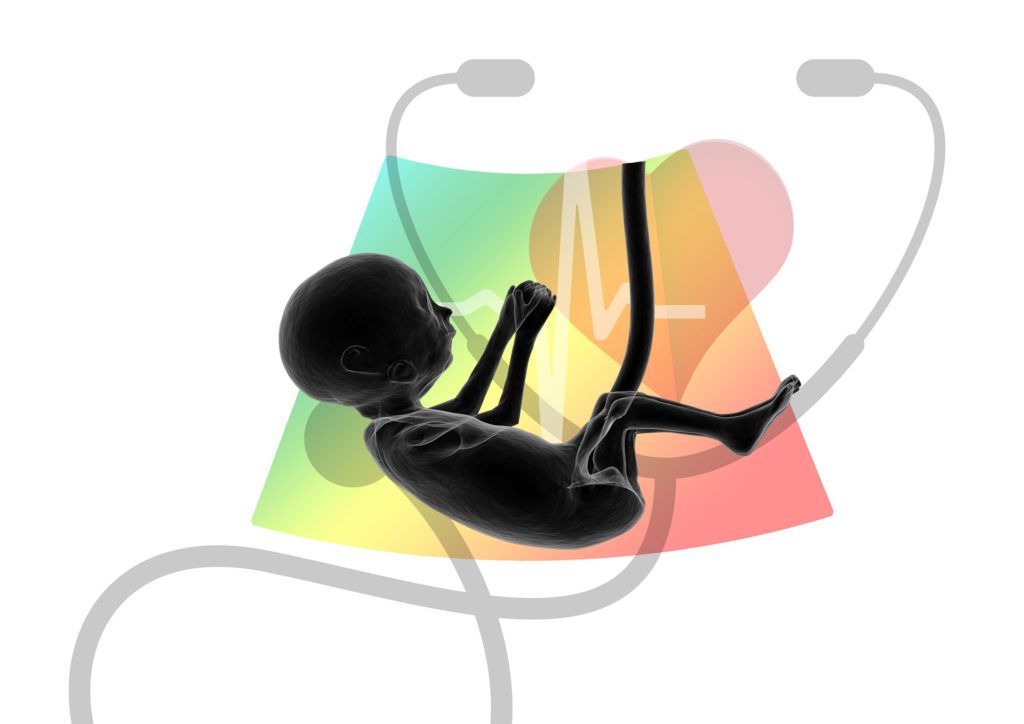
With nearly one-third of Americans suffering from chronic pain, prescription opioid painkillers have become the leading form of treatment for this debilitating condition. Unfortunately, misuse of prescription opioids can lead to serious side effects—including death by overdose. A new treatment developed by University of Utah researcher Eric Garland has shown to not only lower pain but also decrease prescription opioid misuse among chronic pain patients.
Results of a study by Garland published online Feb. 3 in the Journal of Consulting and Clinical Psychology, showed that the new treatment led to a 63 percent reduction in opioid misuse, compared to a 32 percent reduction among participants of a conventional support group. Additionally, participants in the new treatment group experienced a 22 percent reduction in pain-related impairment, which lasted for three months after the end of treatment.
The new intervention, called Mindfulness-Oriented Recovery Enhancement, or MORE, is designed to train people to respond differently to pain, stress and opioid-related cues.
MORE targets the underlying processes involved in chronic pain and opioid misuse by combining three therapeutic components: mindfulness training, reappraisal and savoring.
- Mindfulness involves training the mind to increase awareness, gain control over one’s attention and regulate automatic habits.
- Reappraisal is the process of reframing the meaning of a stressful or adverse event in such a way as to see it as purposeful or growth promoting.
- Savoring is the process of learning to focus attention on positive events to increase one’s sensitivity to naturally rewarding experiences, such as enjoying a beautiful nature scene or experiencing a sense of connection with a loved one.
“Mental interventions can address physical problems, like pain, on both psychological and biological levels because the mind and body are interconnected,” Garland said. “Anything that happens in the brain happens in the body—so by changing brain functioning, you alter the functioning of the body.”
To test the treatment, 115 chronic pain patients were randomly assigned to eight weeks of either MORE or conventional support group therapy, and outcomes were measured through questionnaires at pre- and post-treatment, and again at a three-month follow-up. Nearly three-quarters of the group misused opioid painkillers before starting the program by taking higher doses than prescribed, using opioids to alleviate stress and anxiety or another method of unauthorized self-medication with opioids.
Among the skills taught by MORE were a daily 15-minute mindfulness practice session guided by a CD and three minutes of mindful breathing prior to taking opioid medication. This practice was intended to increase awareness of opioid craving—helping participants clarify whether opioid use was driven by urges versus a legitimate need for pain relief.
“People who are in chronic pain need relief, and opioids are medically appropriate for many individuals,” Garland said. “However, a new option is needed because existing treatments may not adequately alleviate pain while avoiding the problems that stem from chronic opioid use.”
MORE is currently being tested in a pilot brain imaging trial as a smoking cessation treatment, and there are plans to test the intervention with people suffering from mental health problems who also have alcohol addiction. Further testing on active-duty soldiers with chronic pain and a larger trial among civilians is planned. If studies continue to demonstrate positive outcomes, MORE could be prescribed by doctors as an adjunct to traditional pain management services.


